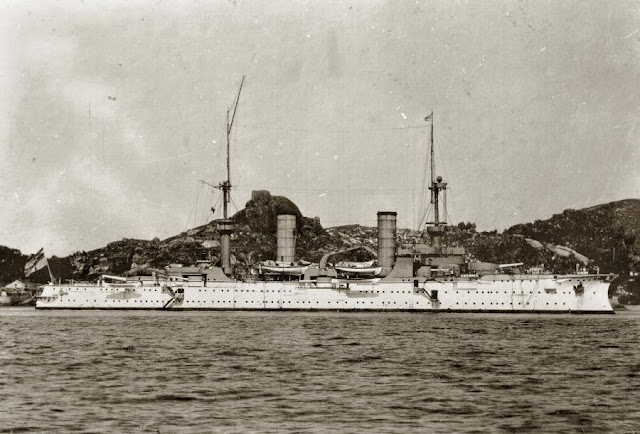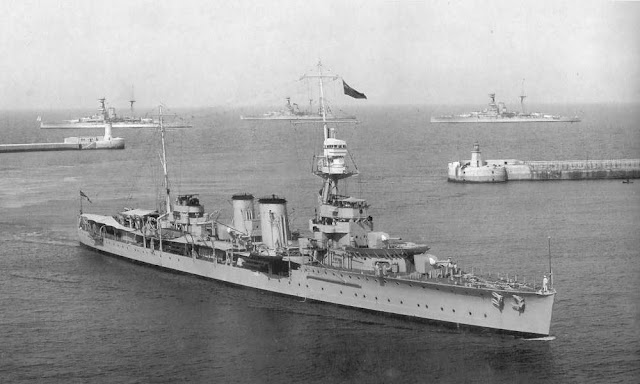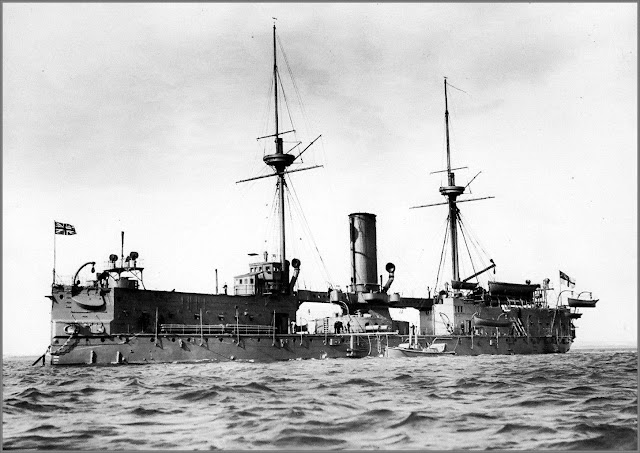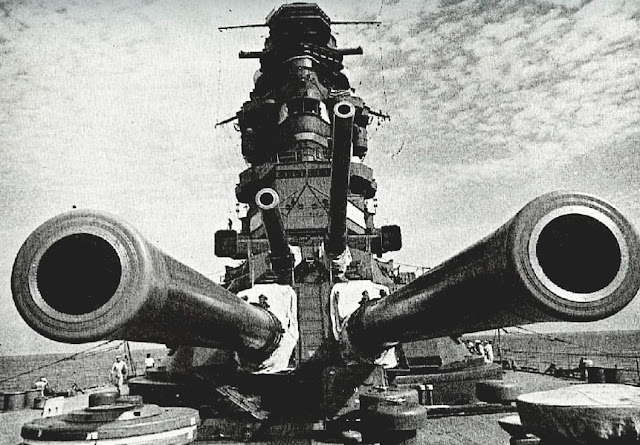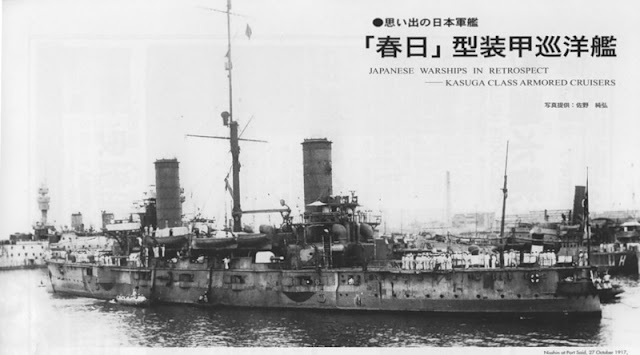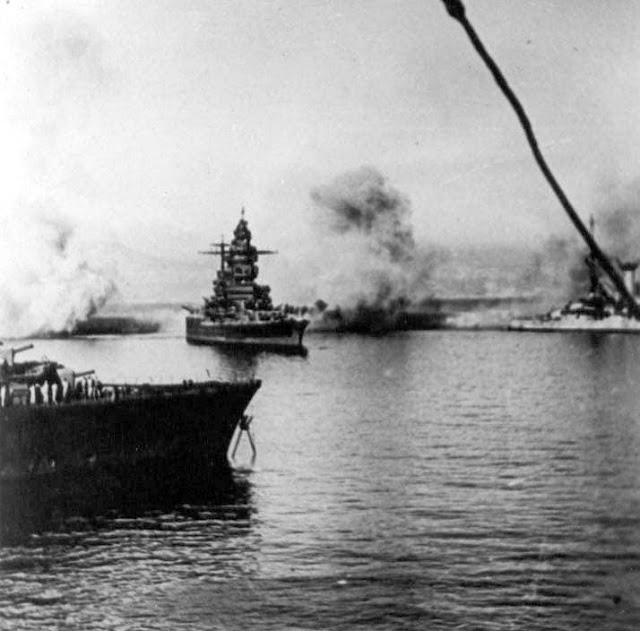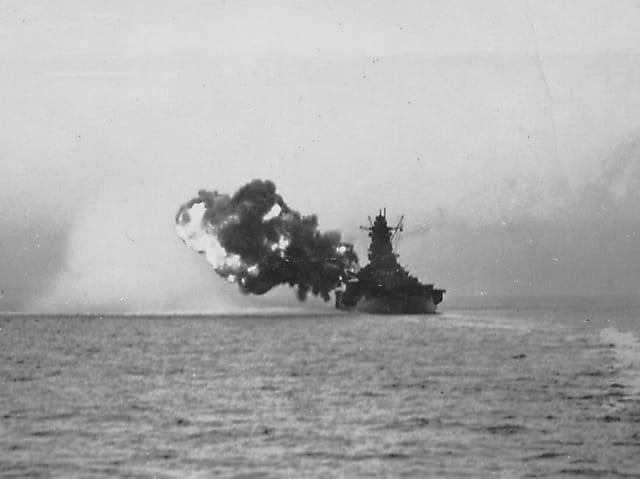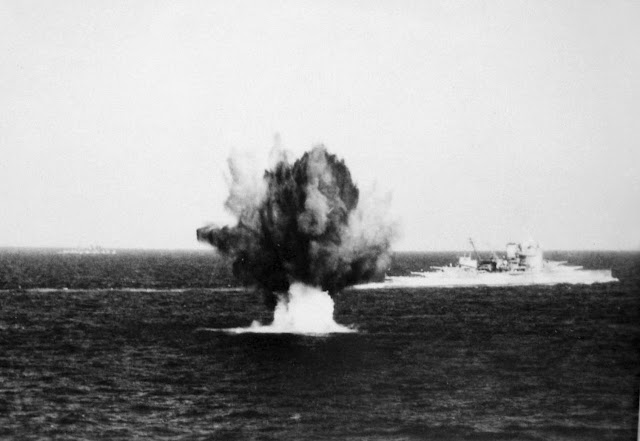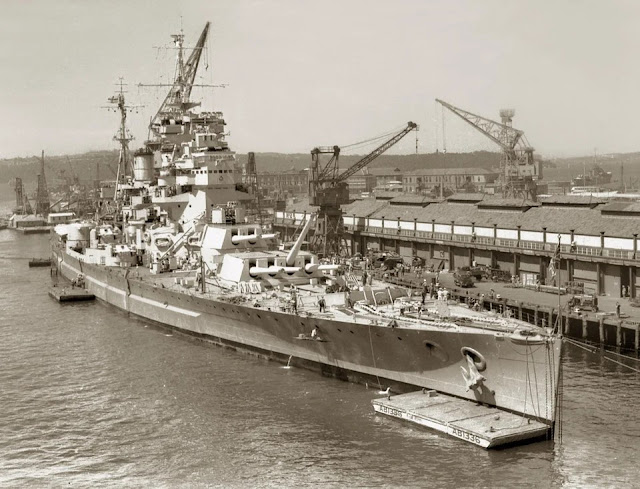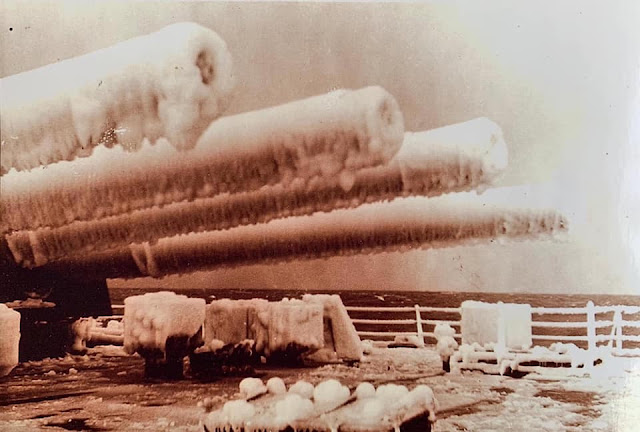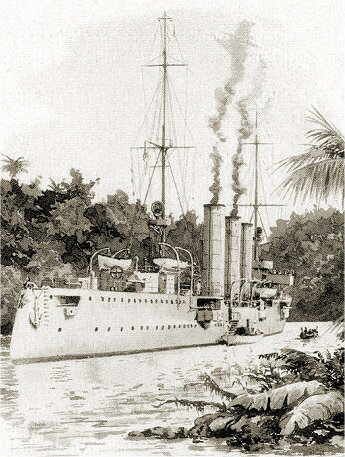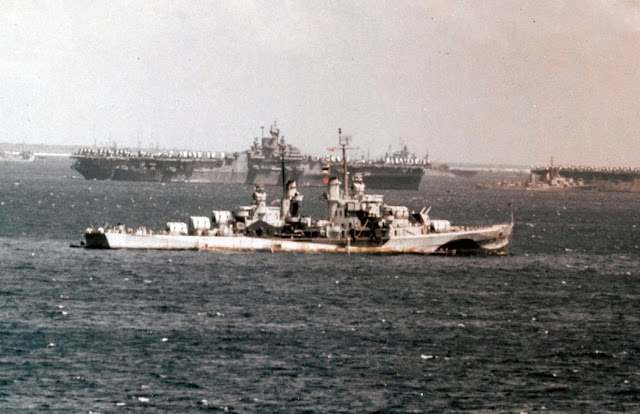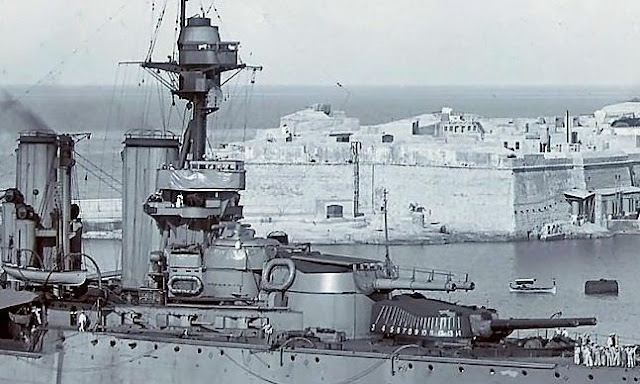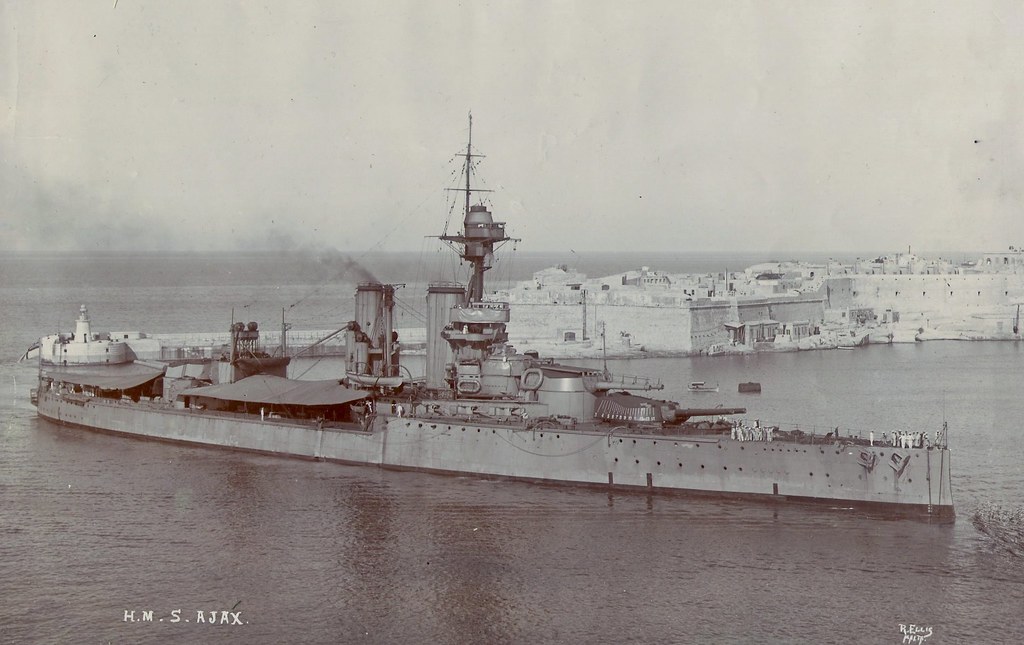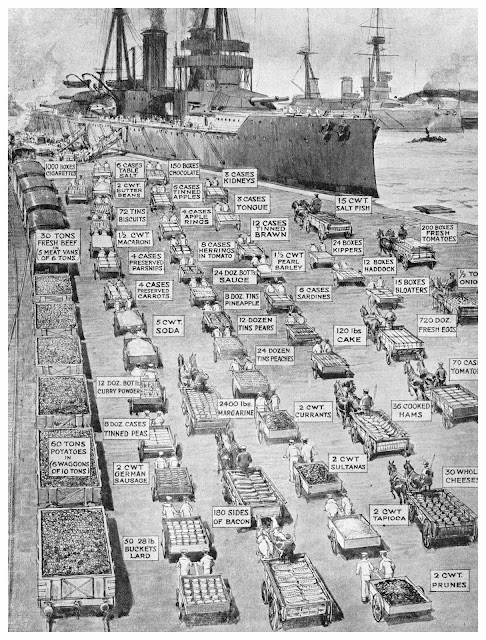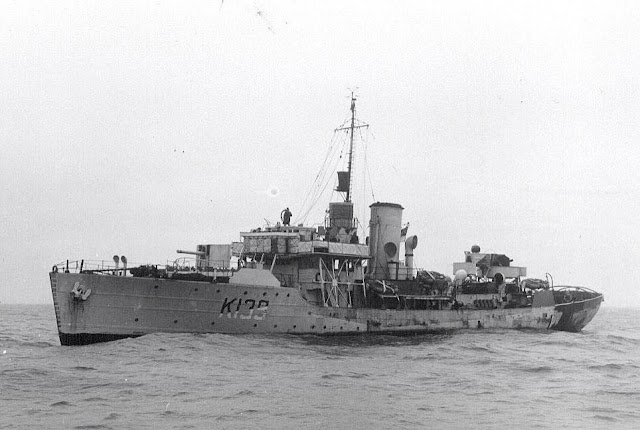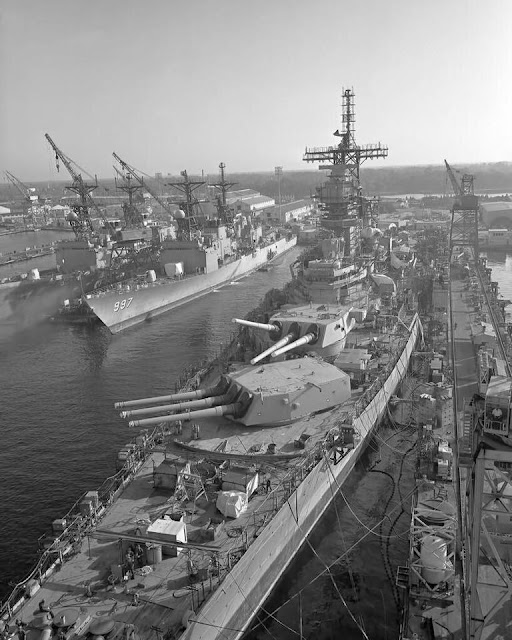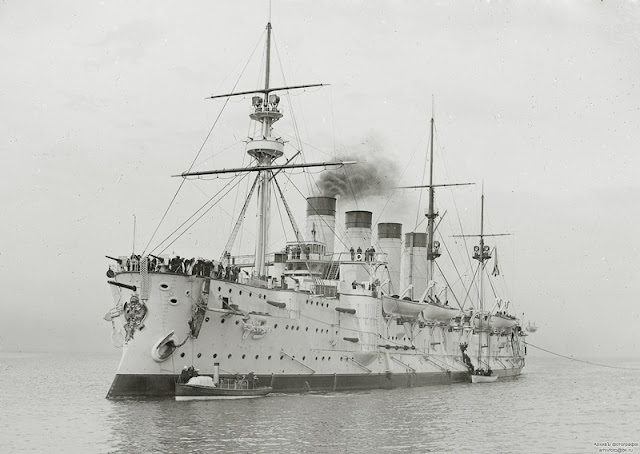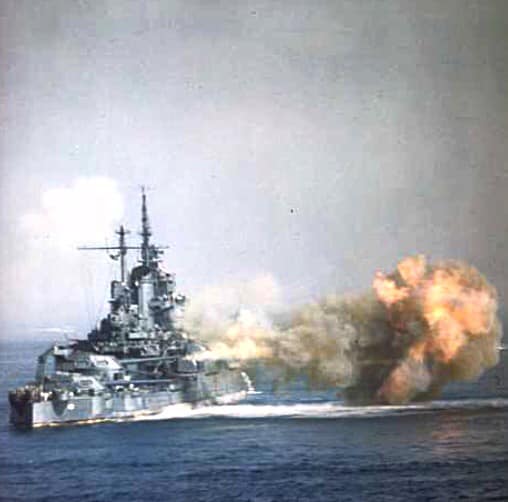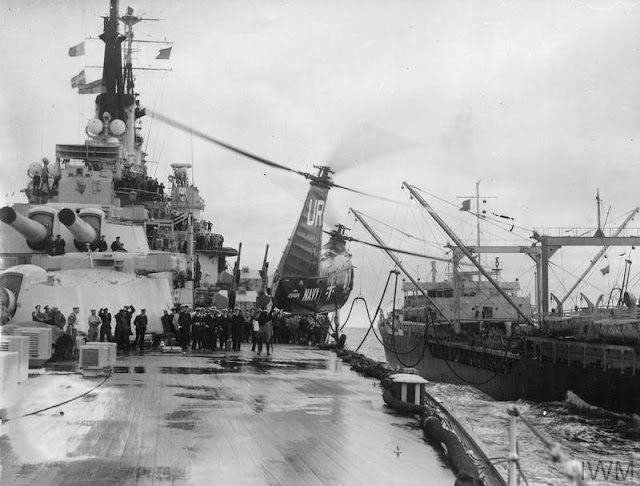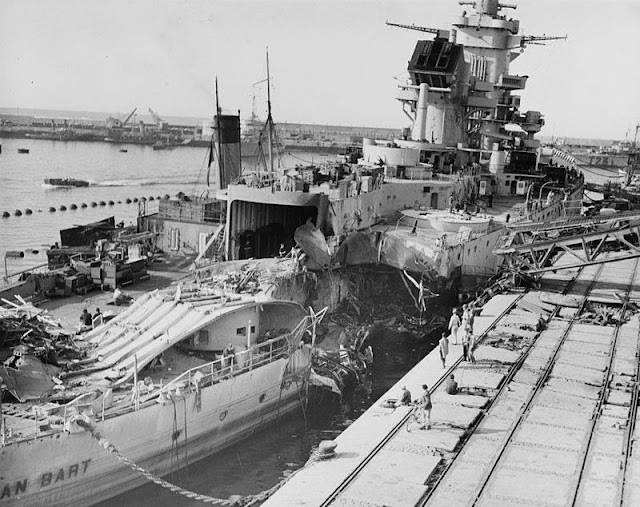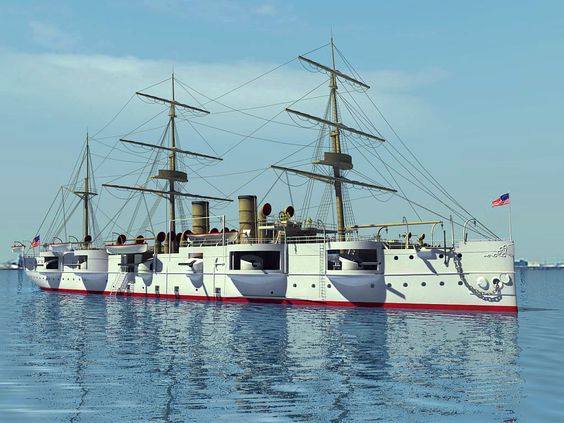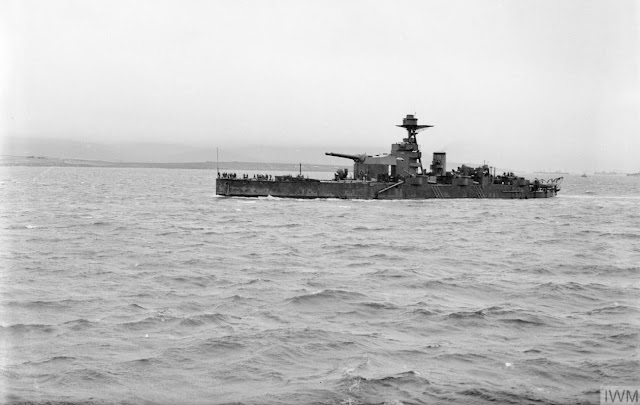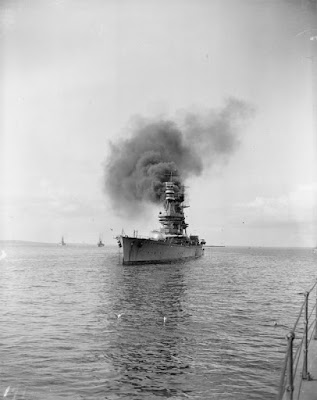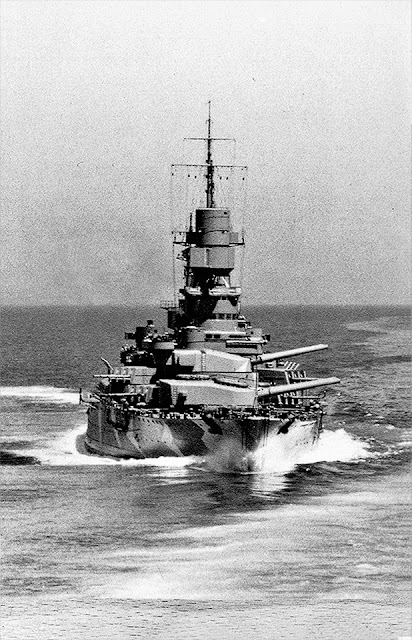Newark was laid down by William Cramp & Sons of Philadelphia on 12 June 1888. She was launched on 19 March 1890, sponsored by Miss Annie Boutelle, daughter of Congressman Boutelle of Maine.
Newark was commissioned on 2 February 1891, Captain Silas Casey in command. She operated off the Atlantic coast for ten months, taking part in manoeuvres and exercises until detached 8 December at Norfolk Navy Yard. There she remained, undergoing post-shakedown overhaul until being assigned 11 March 1892 to the North Atlantic Squadron and sailing on the 14th for the West Indies. The cruiser operated in Caribbean waters and off the south-east coast, showing the flag in West Indies ports until returning to Norfolk on 5 June where she was made flagship of Rear Admiral Andrew E. K. Benham, Commander of the newly formed South Atlantic Squadron, 25 June. She departed 17 July for Cadiz, Spain to participate in the ceremonies commemorating the 400th Anniversary of Columbus' sailing. Arriving on the 30th, she remained until 2 August then sailed for Genoa, Columbus' birthplace, arriving one month later to continue the celebration. Putting out from Genoa on the 25th, Newark cruised the Mediterranean and the Adriatic and various ports until arriving again at Cadiz on 11 February 1893 to tow a full-sized reproduction of caravel Niña and sailing on the 18th for home.
Newark was transferred to the Naval Review Fleet for temporary duty on 1 March. After arriving at Havana on 21 March she parted company with the Niña and sailed to Hampton Roads and then to New York, where she picked up the caravel once more and proceeded down the St. Lawrence River to Quebec, leaving the little ship there on 11 June and returning to Norfolk, where she arrived on 22 June. Newark next sailed on 20 September, this time for Rio de Janeiro, to protect American interests, arriving 20 October and remaining there until 1 April 1894. Newark then operated off the South American coast with the South Atlantic Squadron, making one cruise to South Africa from August to October 1894 and another the same time the following year, before returning to Norfolk on 27 April 1896. Assigned to the North Atlantic Squadron on 4 May, she joined the squadron at New York on 25 June and engaged in patrol duty and exercises off the southeastern coast until she was decommissioned at Norfolk on 6 March 1897.
Following extensive overhaul, Newark recommissioned on 23 May 1898, shortly after the declaration of the Spanish-American War with Captain Albert S. Barker in command. She sailed on 13 June for Key West and then Cuba, joining the blockade 30 June. Cruising in Cuban waters throughout the summer, the warship bombarded the port of Manzanillo on 12 August and on the following day accepted its surrender. After the Battle of Santiago, she participated in the final destruction of Admiral Cervera's fleet through the bombardment of the burned hulks. With major naval operations over and the end of the war in sight, Newark returned to New York on 26 November 1898.
Newark departed New York on 23 March 1899 and steamed down the coast of South America on patrol, stopping at numerous ports along the way. On 7 April she was ordered to proceed through the Straits of Magellan to San Francisco. Low on coal, Newark was forced to put into Port Low, Chile, from 31 May to 22 June to cut wood for fuel. Finally arriving at Mare Island Navy Yard on 4 September, Newark underwent repairs and then sailed 17 October via Honolulu for the Philippines, arriving at Cavite on 25 November. She took station off Vigan, Luzon and landed troops for garrison duty. Landing operations at Vigan over, Newark moved on to Aparri 10 December, where she received the surrender of Filipino nationalist insurgents in the provinces of Cagayan, Isabela, and Bataan.
Newark sailed for Hong Kong on 19 March 1900 to rendezvous with the monitor Monadnock. The two ships rendezvoused on 22 March and Newark convoyed the low-freeboard monitor to Cavite, arriving on 3 April. Newark stayed at Cavite until sailing for Yokohama on 24 April, arriving three days later. She then hoisted the flag of Rear Admiral Louis Kempff, Assistant Commander of the Asiatic Station and sailed on 20 May for China to help land reinforcements to relieve the legations tinder siege by the Boxers at Peking. Arriving at Tientsin on 22 May, Newark operated in that port and out of Taku and Chefoo, protecting American interests and aiding the relief expedition under Vice-Admiral Sir Edward Seymour, until mid-July when she sailed for Kure and then Cavite. At Cavite, she hoisted the pennant of the Senior Squadron Commander in the Philippines.
Newark sailed for home in mid-April 1901, via Hong Kong, Ceylon and Suez, arriving in Boston late in July of 1901. She decommissioned there on 29 July.
Newark recommissioned 3 November 1902, with Commander Richard Wainwright in command. She sailed on 14 December for duty in southern waters. For the next two years, she operated in the West Indies and off the coast of South America as part of the North Atlantic Fleet. She returned to Norfolk on 27 October 1904 and remained there through 9 January 1905. Newarkresumed her duties in the West Indies for the first six months of the year and then in June, following exercises off Virginia, was assigned as a training ship to the U.S. Naval Academy. Placed in reserve at Annapolis on 15 September, she was restored to full duty 3 May 1906 for her second east coast training cruise. Following this duty she put into Norfolk on 13 September where she embarked a Marine detachment, sailing for Cuba on the 17th. Newark returned home on 19 October and decommissioned at New York Navy Yard on 9 November.
Newark was loaned to the New York Naval Militia on 23 March 1907. She recommissioned exactly one year later for duty as a station ship at the Naval Station, Guantanamo Bay. Arriving 2 April 1908, she served on this duty until returning to Norfolk on 5 December 1912 to be placed in reserve on the 31 December. Newark decommissioned 16 June 1909 and was stricken from the Navy List on 26 June.
The old cruiser was turned over to the Public Health Service and served as quarantine hulk for the hospital in Providence, Rhode Island until 1918, when she was returned to the Navy to serve throughout World War I as an annexe to the Naval Hospital, Newport. Later transferred to New York, she returned to the Public Health Service at Providence in May 1919. On 7 July 1926, she was again returned to the Navy Department for disposal and was sold 7 September.
